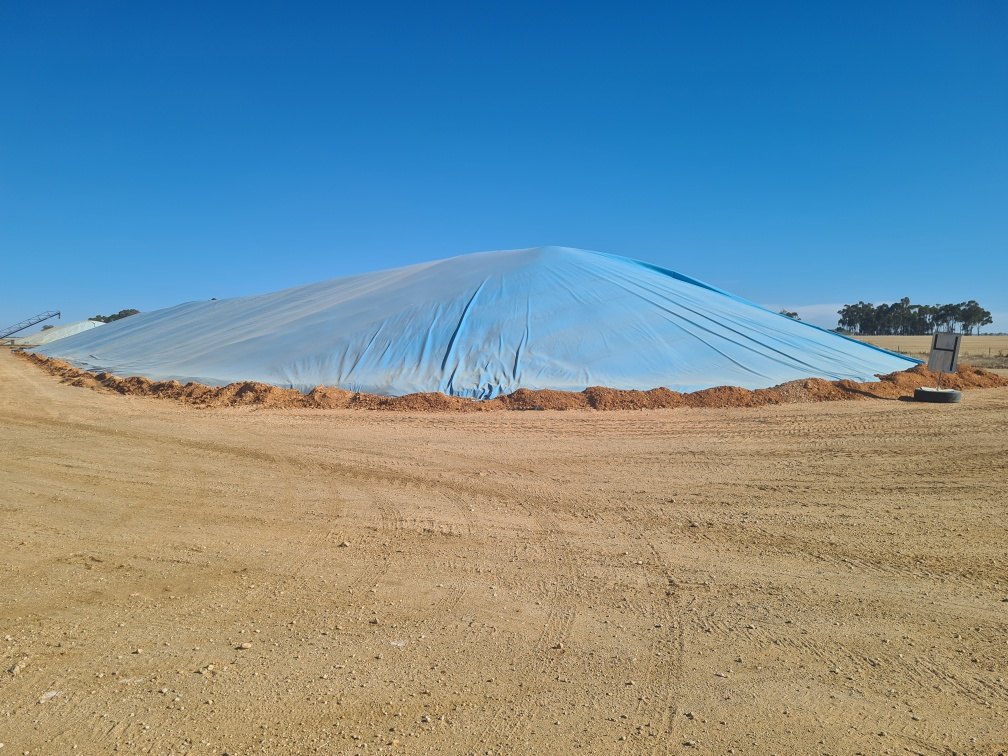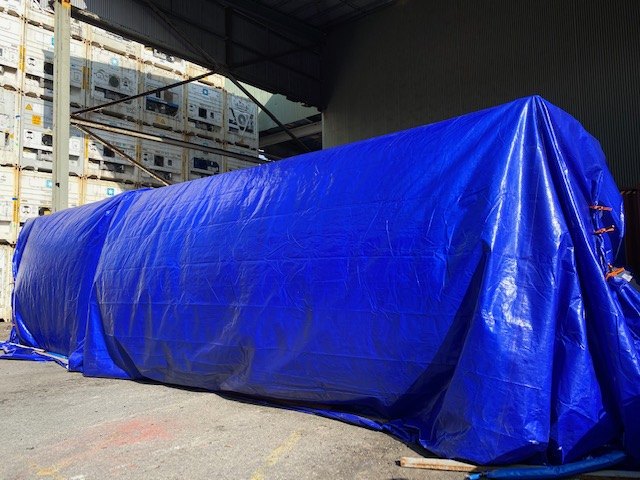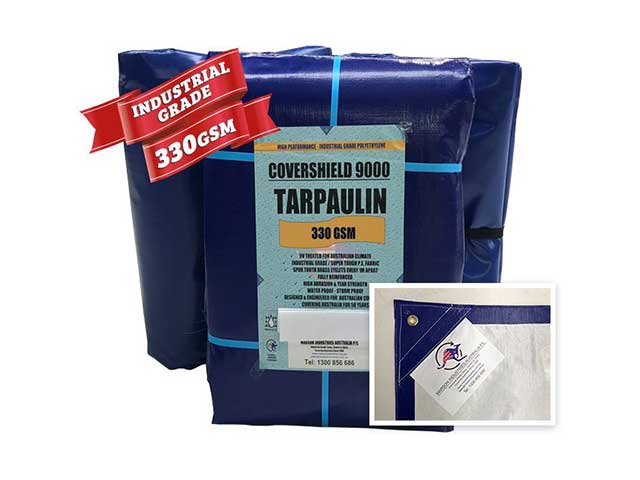Tarps, Covers & Liners. Industrial Textile Fabrication.

Any bund is a structure that is meant to prevent flooding from any source. Bunds are also used as defense in warfare, to give additional protection to soldiers. They can also be used as secondary containment systems that confines any spilled material from its original container to a definite space that can be controlled.
What are containment bunds? They are structures, normally low walls that prevent leakage from pipes and tanks from reaching very wide areas. This is very useful when the liquid that is being stored is toxic, and also in cases where spillage can lead to losses. The containment bunds act as barriers that restrict the spilled material from flowing, and can also facilitate its retrieval if such action is deemed necessary.
You will find such containment bunds around large storage tanks, or running along pipes that are used to store or transport toxic or flammable liquids. In many cases, where tank sizes are very large, use is made of earthen bunds. Other measures to contain such spillage can include sump tanks and other interceptors.
You will also find bunds constructed around reactors and other vessels used for processing and reaction, so that in case of any damage or leakage, the material in them is restricted to a definite space. They can also be used for refrigerated gases, but rarely for gases that are stored under pressure.
Tank farm sizes are often determined by the capacity of bunds to contain the liquids being stored in any location. It is always advisable to have different bunds in cases where tanks store a lot of different materials. Most bund capacities are designed to hold a 110 percent of the capacity of the largest tank, as this allows foam being used when emergencies occur. The question of what are containment bunds also requires attention to their design so that they are the most effective, and costs for constructing such bunds are kept within reasonable limits.
There are no particular rules for heights of bund walls and this may actually depend on the space available for creating bunds, but in general they are limited to low heights of 1 to 1.5 meters. This is a height that is convenient for maintenance personnel and fire fighters to cross over, but can become inadequate if the rate of spillage of the liquid, leads to the formation of tidal waves, that can spill over the bund and also lead to its destruction. The possibility of tanks floating in the spilled liquid and banging against bund walls has also to be given some credence in any bund wall design. You will find some bunds extending to the height of the tank, but this is more the case, where area available for the bunds is very restricted.
Containment bunds are normally made from brick and mortar or concrete, but depending on the characteristics of the chemical or liquid being stored, special insulation or mortars may be used for their construction. This will give the bunds additional resistance from the chemicals in the liquid being stored in the primary containers.
What are containment bunds but measures of safety that can help to prevent catastrophe. Safety engineers on installations that contain containment bunds will pay a lot of attention to the maintenance of the bunds, to ensure that they are always whole and have no cracks or other defects, which can become liabilities in the case of the bursting of the primary container.
One important aspect that needs to be taken into consideration is that adequate drainage is provided for rain falling within the area contained by the bund. As these drains will also take away spilled liquid, their outlets have to be controlled by valves at the lowest point of the rainwater drains. These will normally be kept closed, and have to be operated whenever rainwater does accumulate within the bund.
These valves must be well maintained and operated at frequent intervals to assure their functioning, and drain any water that has accumulated within the bund containment area. Stringent procedures have to be in place for the operation of these valves so that they are never left open by mistake. Extra care has to be taken in cases of chemicals that are not compatible with water.
Share this post



